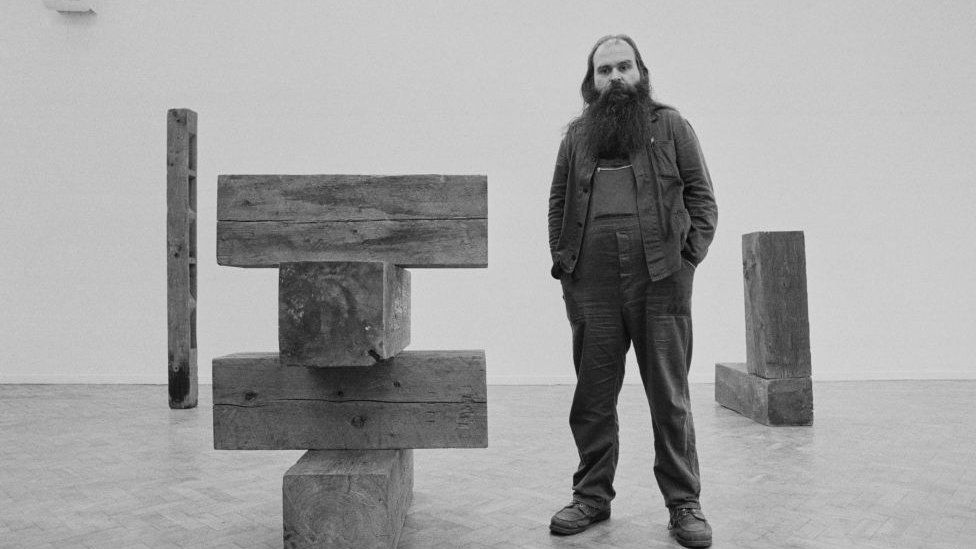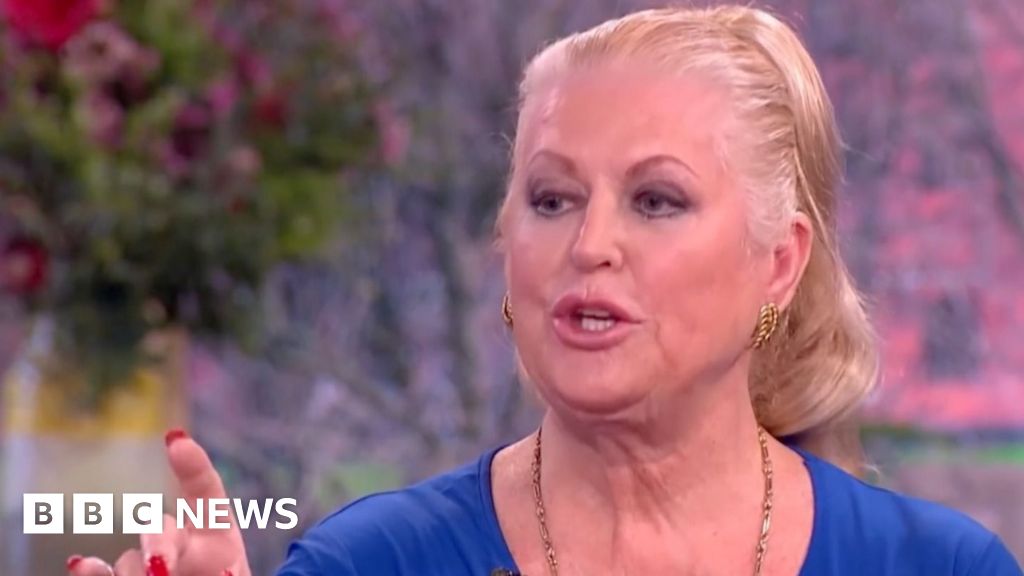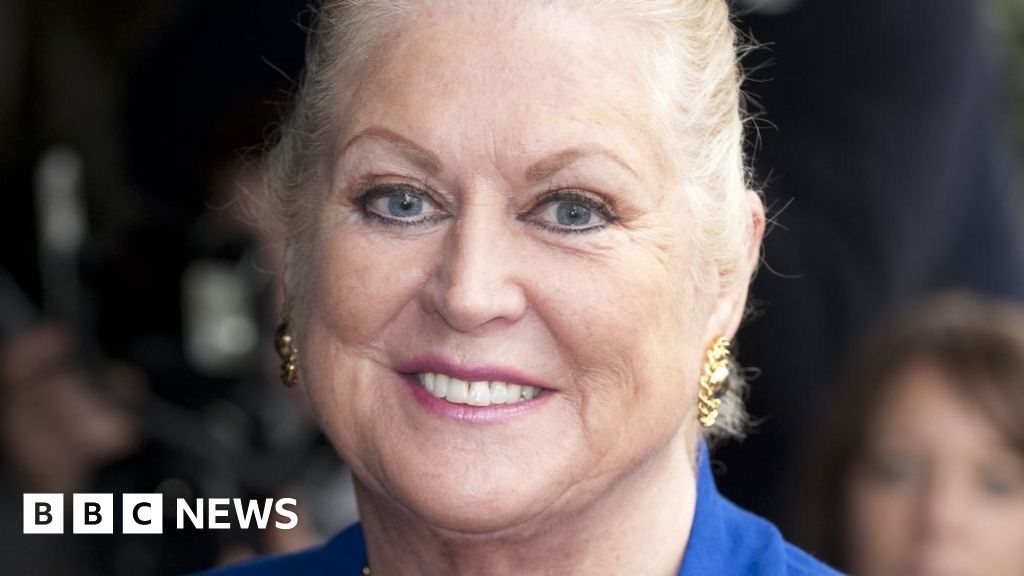ARTICLE AD BOX
 Image source, Evening Standard
Image source, Evening Standard
Carl Andre pictured at the Whitechapel Gallery in London, March 1978
By Alex Taylor & Ian Youngs
BBC News
Carl Andre was a highly influential artist, but his death this week has revived memories of two of art's most controversial episodes - one involving his "pile of bricks" sculptures, and the other surrounding the mysterious death of his wife.
Before he became infamous, Andre became famous for his pioneering ideas about what could be considered art.
After moving to New York to fulfil his dream of becoming an artist, a breakthrough came when he met abstract painter Frank Stella.
Seeing the uncarved side of a large beam of wood that Andre was working on, Stella remarked "that's sculpture too" - a moment Andre said changed his life.
Reverence and ridicule
He realised art could be reduced to industrial essentials - arranging simple rectangular sculptures from raw materials like bricks, steel, aluminium and cedar blocks.
He became regarded as one of the fathers of the minimalist movement. Andre "rethought what sculpture traditionally was, how it worked", New York Times critic Holland Cotter wrote in 2014.
But ripping up the traditional rules of art was too radical for many.
Image source, Getty Images
Image caption,A man lies on the floor for a closer inspection of Carl Andre's 'bricks' sculpture
His work caused an outcry in Britain in 1976 when it emerged that the Tate gallery had purchased his work Equivalent VIII - 120 bricks arranged on the floor - for £2,297, funded through taxpayer money.
"Each element has the same exact size, shape, and weight; they appear factory-produced, as though Andre had never touched them," wrote Alex Greenberger in ArtNews.
"What a load of rubbish," declared the Daily Mirror's front page headline. Outrage and debate raged in the press for days, with many seeing Andre's humble "pile of bricks" as irrefutable proof of the con of modern art.
It was also seized upon by politicians. "Andre's sculpture… became the basis of an attack on Labour's cultural policy by the Conservative opposition," recalled The Guardian's art critic Adrian Searle.
"For a long time Andre's bricks - which became known as the Tate bricks - caused great controversy, generated newspaper headlines, febrile arguments and any number of cartoons and jokey photo-opportunities."
Image source, Getty Images
Image caption,Carl Andre with his controversial bricks at London's Tate gallery in 1976
The divide between critical artistic pedigree and public perception continued in the US a year later, when the state of Connecticut bought an Andre work of 36 uncut boulders for $87,000. Hartford's mayor publicly denounced the purchase for bringing "international ridicule" on the city.
But a different, darker controversy was to surround Andre after his third wife, Cuban artist Ana Mendieta, fell to her death from their 34th floor New York apartment in mysterious circumstances in 1985.
When he called 911, Andre told the emergency services the couple had been arguing about which of them was more famous. She went to the bedroom, "I went after her, and she went out the window", he said.
Image source, New York Daily News Archive
Image caption,Carl Andre in court due his murder trial
But when later questioned by the police, he told a different story. He said they had been watching TV together and she went to bed before him, but when he went to join her she wasn't there and the bedroom window was open.
The police noticed scratches on Andre's face and body. Friends recalled that she had spoken about being afraid of his temper, and being terrified of heights.
When Andre went on trial for murder in 1988, a doorman testified to hearing cries of "No, no, no!" just before her body hit the ground. But prosecutors were prevented from introducing evidence that Mendieta was planning to divorce Andre because of his infidelity.
He did not testify, but his lawyers argued that his wife either fell accidentally or committed suicide. He was acquitted.
This Twitter post cannot be displayed in your browser. Please enable Javascript or try a different browser.View original content on Twitter
The BBC is not responsible for the content of external sites.
In the years after the trial, Andre continued to make and show his work, and be revered by many in the art world.
But the verdict left many others unconvinced, and his exhibitions became frequent targets of protests, with chants of "Where is Ana Mendieta?"
Image source, Getty Images
Image caption,Photographs by Ana Mendieta on show in Rome in 2010
As Calvin Tomkins' 2011 New Yorker profile stated: "It is hard to think of an artist whose career has been so affected by circumstances that have nothing to do with his art."
Mendieta's own reputation has belatedly grown in recent years, and Helen Molesworth's 2022 podcast Death of an Artist re-evaluated the court case and her treatment as a female artist through a post-#MeToo lens.
Andre died on Wednesday at a hospice at the age of 88, while suffering from dementia.
The art remains. And so do the questions.

 1 year ago
79
1 year ago
79








 English (US) ·
English (US) ·